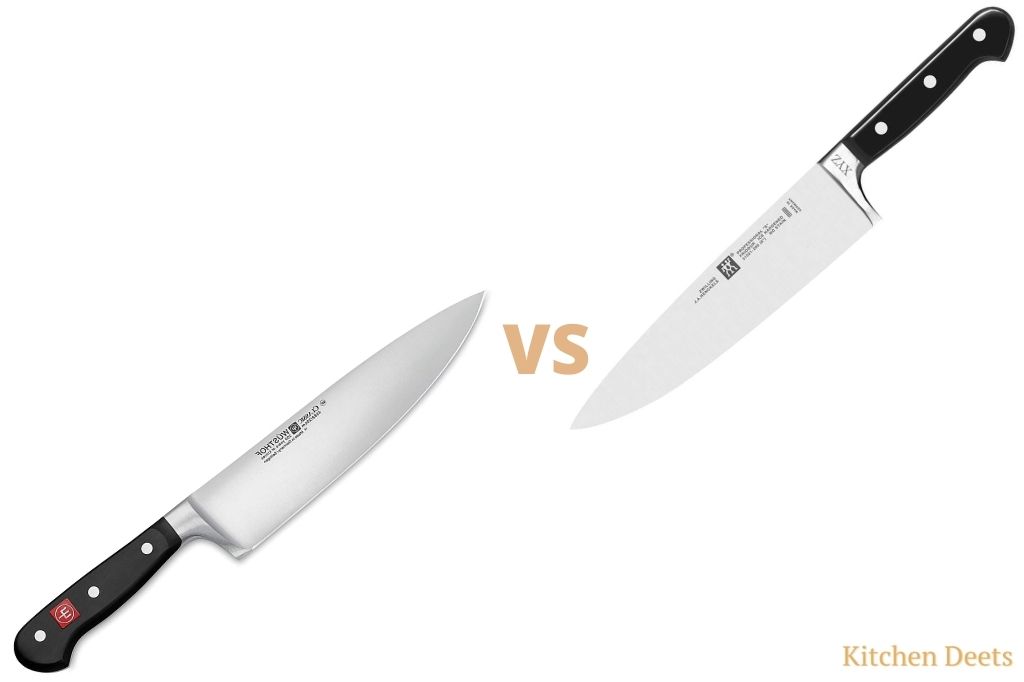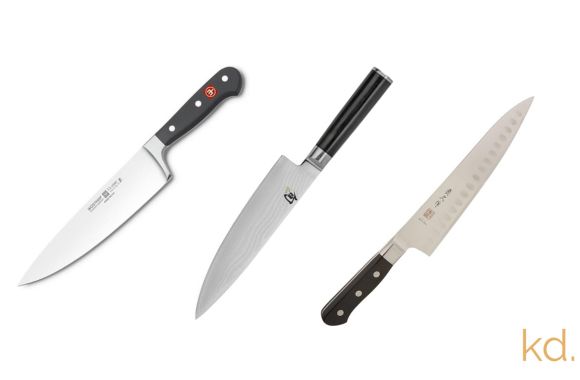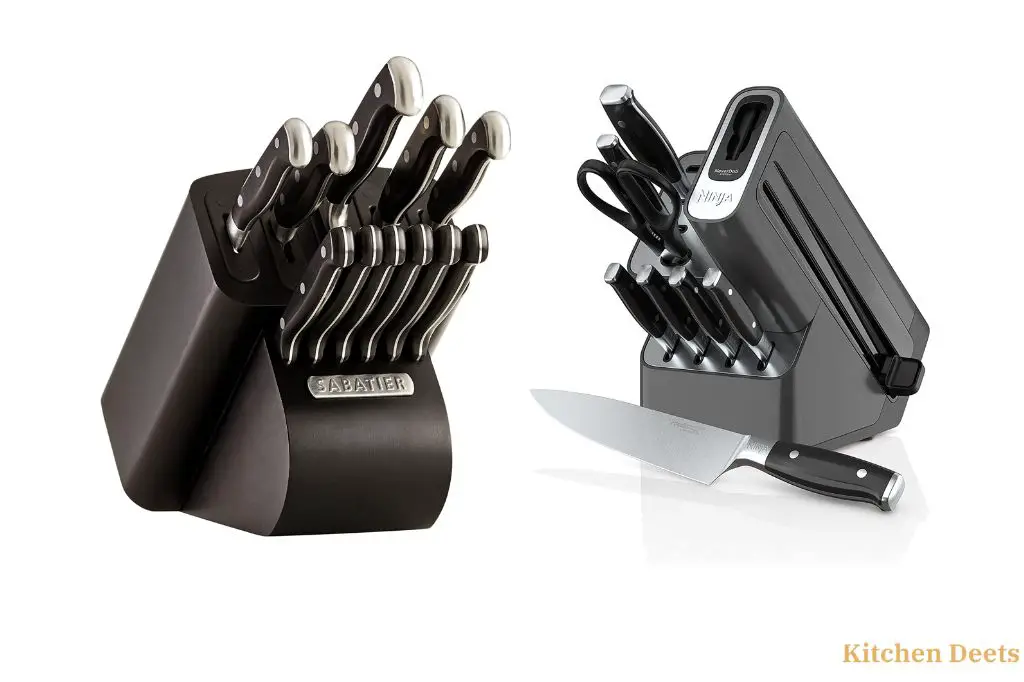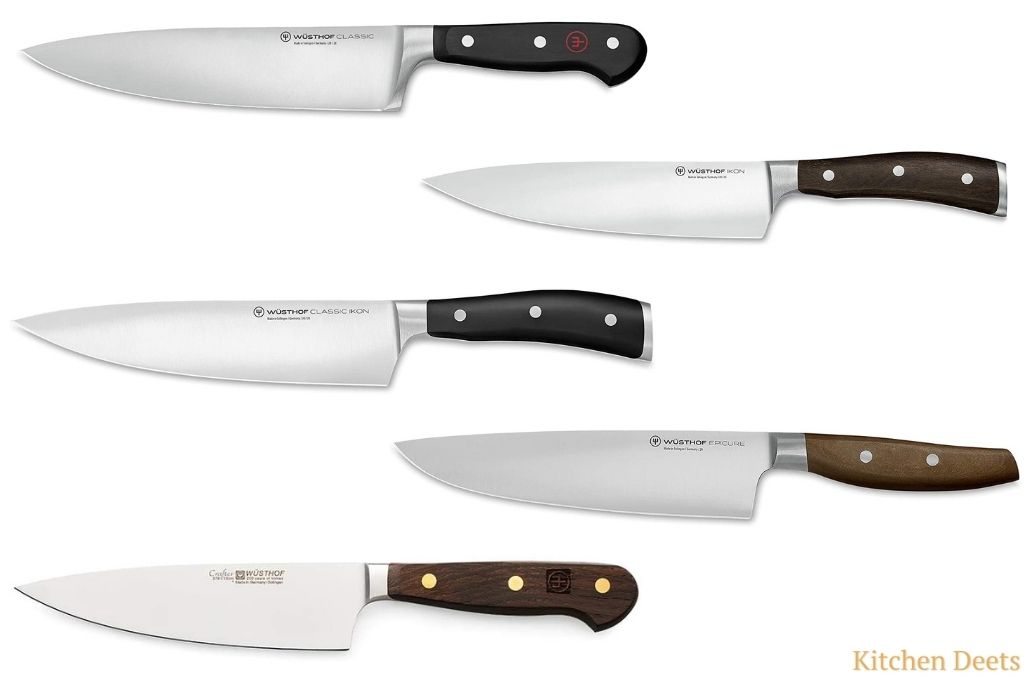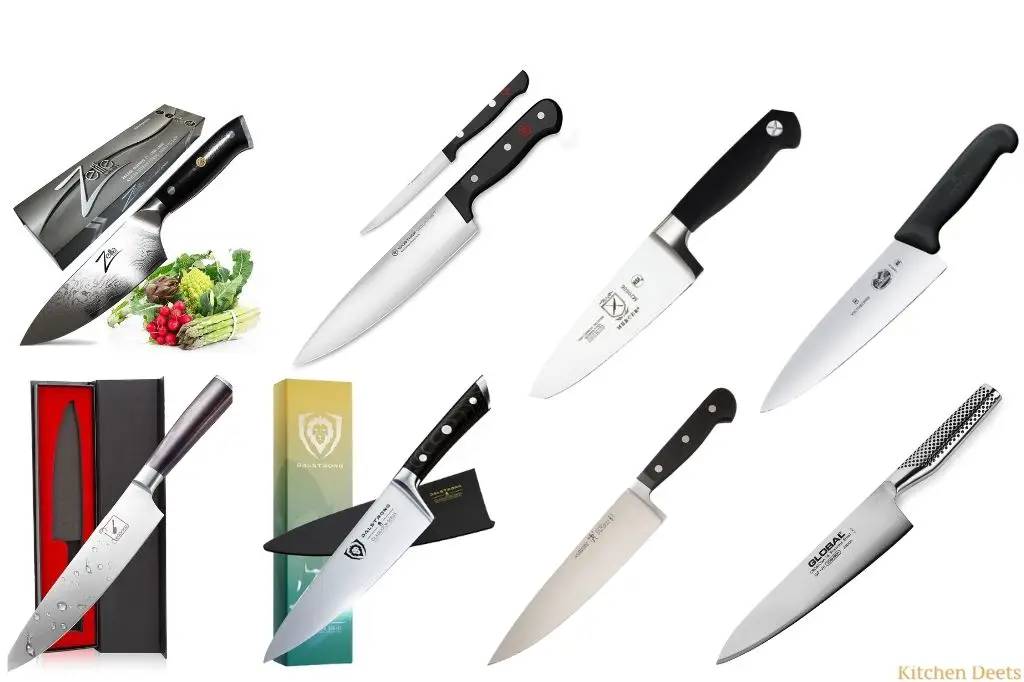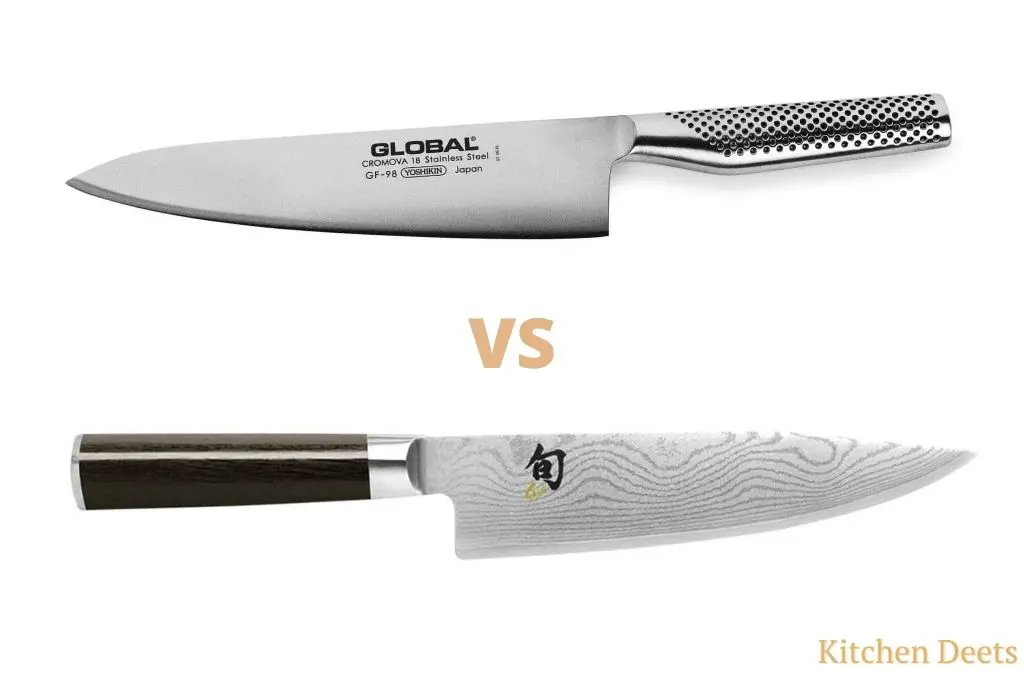If you’re in the market for a new set of knives, you’ve probably heard about two popular German knife brands: Wusthof and Zwilling JA Henckels. These brands have been around since the late 19th century, and both produce high-quality knives using old-world craftsmanship methods. Both are well-known in the world of chefs and restaurant kitchens alike. I’ve handled both Wusthof and Zwilling JA Henckels knives extensively, and I can confidently say that these brands are similar in terms of quality, performance, sharpness, and aesthetics.
However, when trying to decide which brand of knife to buy, there are several things to consider in order to find the best fit for your cooking needs. In this article, we’ll cover the similarities and differences between these two knife brands to help you decide which one will best suit your needs.
Zwilling JA Henckels Introduction:

Zwilling, or Zwilling J.A. Henckels, is a knife brand and a company that has been in business since 1731. They originated in Solingen, Germany. For generations, Zwilling has prided itself on offering fine cutlery at affordable prices. Not only are their products made with care and precision; they’re also very ergonomic. Forged from a single piece of steel, Zwilling JA Henckels knives are known for their sharpness, toughness, and durability. Their hard-to-pronounce name seems to be a hurdle for many first-time buyers haha!
Wusthof Introduction:

Wusthof, founded in 1812 in Solingen, Germany (the City of Blades), is one of the oldest and most respected knife manufacturers in history. While they produce a wide range of knives and other cutlery (serving pieces), they’re best known for their high-quality kitchen knives. Forged out of one piece of steel their knives are known for their incredibly sharp edge and excellent balance. They also come with a lifetime warranty against defects in manufacturing and materials.
I’ve been using their knives for over 25 years and still use them every day. Their customer service is outstanding. Wusthof stands by its products.
Wusthof vs Zwilling JA Henckels, Similarities and Differences:
Although both brands are respected for their fine craftsmanship, there are some major similarities and differences between them. Let’s compare them side by side to find out.
Origins of Brands:
The most notable difference has to do with their origins—Henckels was established in 1731 in Germany, whereas Wusthof was founded in 1814 in Solingen, Germany. Both companies are still based there today.
Check out our article on Japanese vs German Knives
Blade Hardness:
The most crucial feature is blade hardness. Wusthof knives have 58 Rockwell hardness, whereas Henckels knives have 56-57 Rockwell hardness. Wusthof blades have a higher Rockwell hardness, which means they will hold their edge longer and will not chip or break easily.
Blade Angle:
A knife’s sharpness is determined in large part by the angle at which it is sharpened. Zwilling uses a 15 – degree angle, while Wusthof uses a 14 – degree angle. Because Wusthof uses a slightly more acute angle, their knives will cut through soft food more easily than Henckels.
Handle Material:
Both Wusthof and Zwilling’s handles use Polyoxymethylene (Thermoplastic) which is extremely durable material.
Bolster and Tang of Knives:
Wusthof and Zwilling’s knives have a bolster and full tang for increased precision and durability. However, they differ in blade hardness and overall construction.
Warranty:
Wusthof and Zwilling both offer limited lifetime warranty for defects in manufacturing and materials.
Cleaning and Storing:
Both brands recommend hand washing the knives after every use and drying them with a soft towel. This will keep your knives away from rusting or corroding. Moreover, store them in a wooden block or magnetic knife holder, to keep them in good shape.
Price:
For the price, Wusthof Chef’s knife tends to be more expensive than Henckels’ .
Wusthof Chef knife costs about $150 but the Henckels Chef knife costs $110. The higher price of Wusthof knife is due to its superior materials.
Weight:
Zwilling knives tend to be heavier than Henckel knives. For example, Zwilling’s chef knife weighs 9.8 oz. whereas Henckel’s chef knife weighs 8.5 oz. The more weight a knife has, the more stable it will be.
Forged Knife vs Stamped Knife:

Wusthof and Henckels both make forged and stamped knives. Wüsthof’s stamped knives come under the Wusthof Gourmet line while Henckels’ stamped knives are made in Asia under their International brand.
You’ll find stamped knives in most cutlery sets on store shelves—stamped knives are made of one solid piece of metal, so they’re cheaper to produce. The quality varies, but you shouldn’t have any problems with stamped knives for normal use. On contrary to that, a forged knife has a stronger blade that stays sharp longer. When you purchase a high-quality forged knife, it will probably last you your lifetime and maybe even several lifetimes to come! These knives are often used in professional kitchens, so if you’re looking for something to use daily in your own kitchen, I would definitely recommend considering one of these blades.
Check out our article on Wusthof vs Global
Zwilling JA Henckels and Wusthof Forged Knife Collections:
Zwilling Forged Knife Collections
- Zwilling JA Henckel’s Pro.
- Zwilling Professional S.
- Henckels Four Star.
- Zwilling Twin Four Star II.
- JA Henckels Twin 1731.
- Zwilling Pro Holm Oak.
Wusthof Forged Knife Collections
- Wusthof Classic.
- Wüsthof Ikon.
- Classic Ikon.
- Wusthof Crafter.
- Grand Prix II.
- Epicure.
Thoughts on Wusthof vs Henckels:
Wusthof and Henckels both make fantastic knives, but only one can be considered truly best in every category. It comes down to personal preference, though I’d personally give Wusthof an edge when it comes to durability and slicing ability. But if you prefer a heavy-handled knife, you might enjoy using a JA Henckel knife over a Wusthof.
Check out our article on Wusthof vs Victorinox
